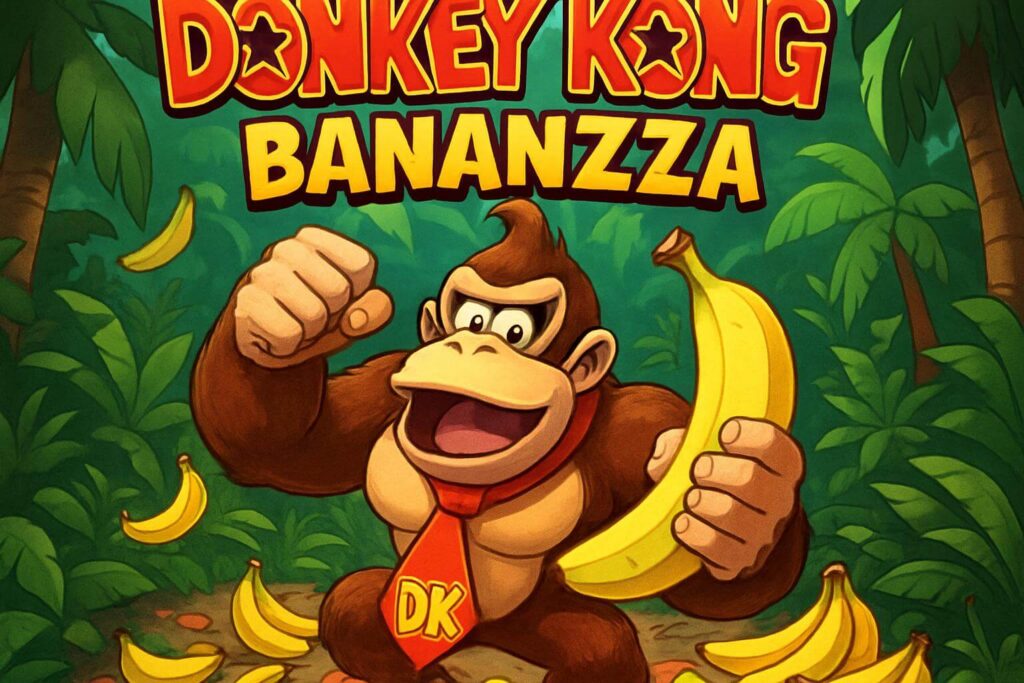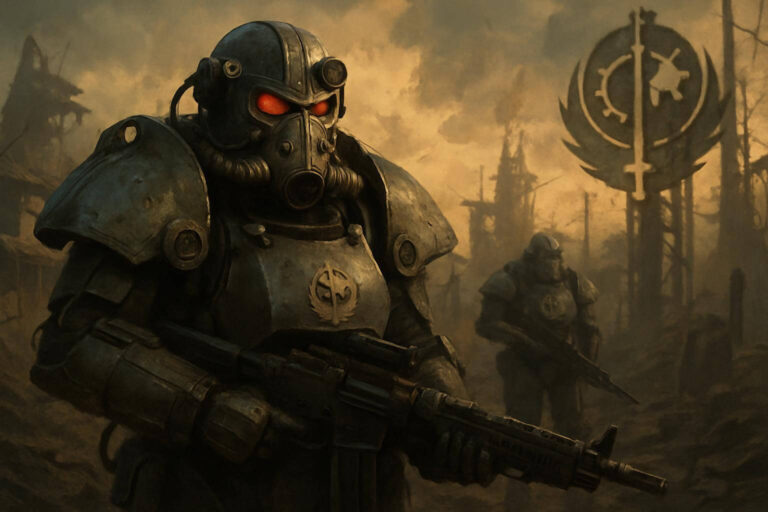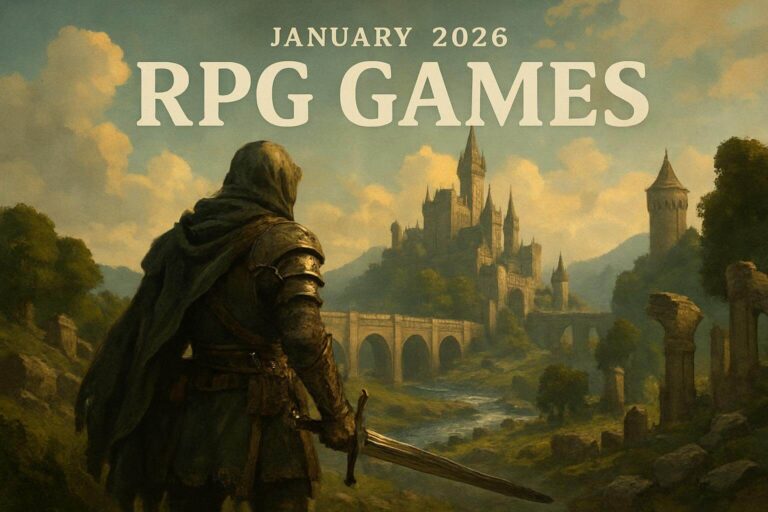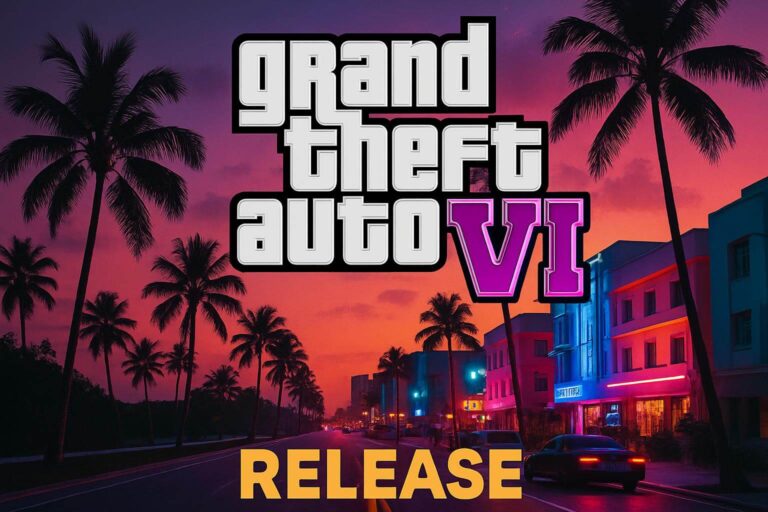
Donkey Kong is back. And this time, he’s not just swinging through vines. He’s tearing up terrain, smashing walls, and causing a full-on Bananza.
Launching on July 17, Donkey Kong Bananza marks his first solo adventure in years. It’s built exclusively for the Switch 2, and it shows. From frame rate to fluid motion, everything runs smooth. Visuals pop with color. The environments respond to every punch, stomp, and roll.
The classic charm remains. But the twist? This isn’t just platforming. It’s destruction, exploration, and wild invention. Players now shape the world, not just move through it. Each level breaks apart like a puzzle waiting to be smashed.
Donkey Kong Bananza Changes the Game
At its core, Bananza is still a platformer. But it brings something bold. The game uses voxel-based terrain. That means almost everything breaks, crumbles, or shifts under pressure. Want to punch through a wall? Do it. Need a shortcut? Smash the floor. It rewards creativity and chaos.
Enemies react with personality. Some run, some fight, some adapt. Bosses tower over DK, forcing players to think—and break—differently. The world doesn’t just exist. It lives. And it gets angry when poked.
The game also adds a co-op feature. With GameShare, two players can hop in together. Locally or online, you and a friend can double the destruction. It feels like an old-school couch brawler—modernized with tech and polish.
Donkey Kong Bananza doesn’t ask you to follow a path. It dares you to make your own.
Story, Style, and the Bananza Spirit
The plot starts simple. DK’s island is under siege. A mysterious mining syndicate is draining the jungle of its power. But things twist quickly. The villains aren’t what they seem. And the jungle hides secrets from DK’s own past.
Bananza leans hard into its style. Levels are loud, reactive, and filled with personality. From crumbling ruins to neon-lit caverns, every area tells a story. Music pulses with drums, bass, and the occasional banana-slap beat.
DK himself got a facelift. His face now matches his animated movie look. More expressive, more reactive. He laughs when things explode. He frowns when monkeys mess up. It’s subtle, but it works.
Bananza’s story mode also adds a few emotional moments. DK isn’t just a brute. He’s a protector. And when the island cries, he answers.
Final Smashes and Big Bananas
Let’s talk gameplay. DK has a full moveset. Standard rolls and jumps remain. But now he digs, throws terrain, and builds banana-powered gadgets. These let him float, smash wider areas, or glide across canyons. The jungle is his playground—and his toolkit.
Performance-wise, Bananza runs great. The game targets 60 FPS, even during heavy destruction scenes. Occasionally, big boss moments dip a little. But they recover quickly.
A day-one patch also adds balance tweaks and stability. It ensures smoother co-op, fixes minor glitches, and activates new customization options.
Players unlock skins, alternate voices, and even weird DK outfits—like Disco Kong or Caveman Kong. These don’t affect gameplay. But they add flair to the chaos.
Completionists can go deep. Hidden routes, secret paths, and puzzle shrines reward exploration. The game respects time, but also rewards obsession.
Final Word: Donkey Kong Goes Bananas
Donkey Kong Bananza doesn’t just revive a hero. It evolves him. The game feels familiar—but also wild, experimental, and fresh. It mixes nostalgia with freedom. Platforming with power. Precision with destruction.
The world of DK has always been wild. But now, it’s reactive. It listens when you punch. It answers when you leap. And it rewards when you take the path less smashed.
If you own a Switch 2, this is the must-play launch title. It’s fun alone. It’s chaos with a friend. And above all, it’s a reminder that Donkey Kong still rules the jungle.
Only now, the jungle fights back.



